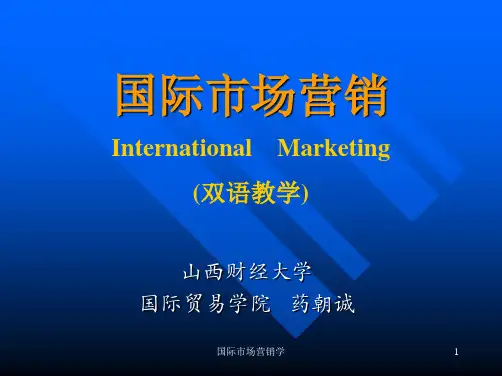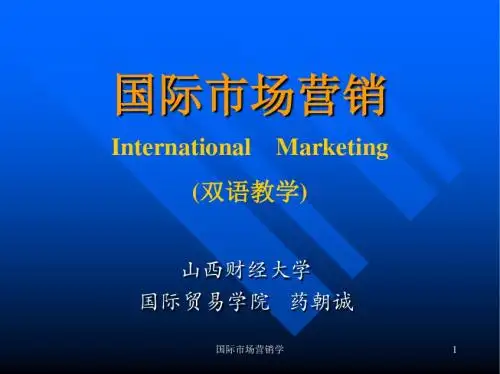国际市场营销双语共29页
- 格式:ppt
- 大小:3.40 MB
- 文档页数:15

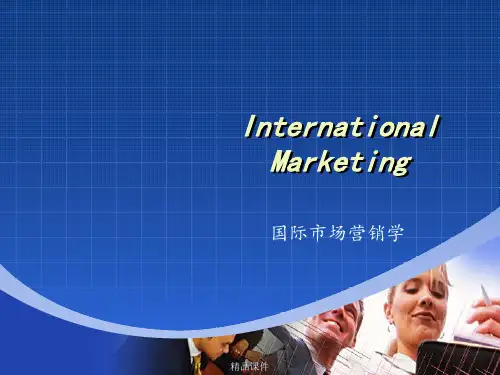
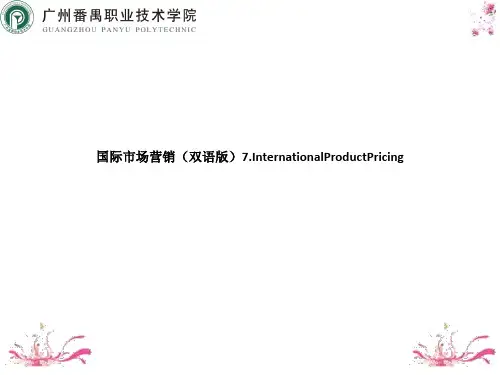
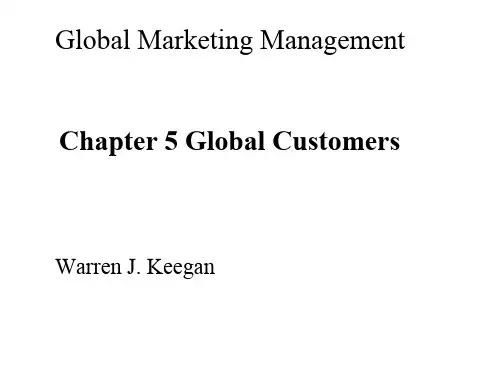
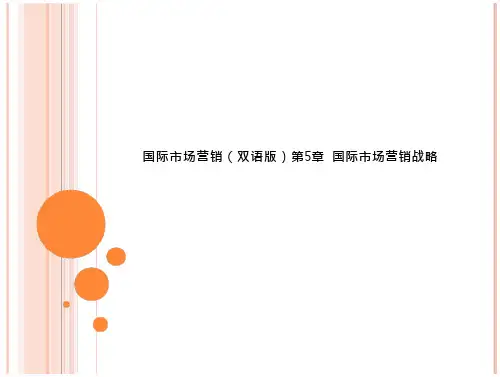


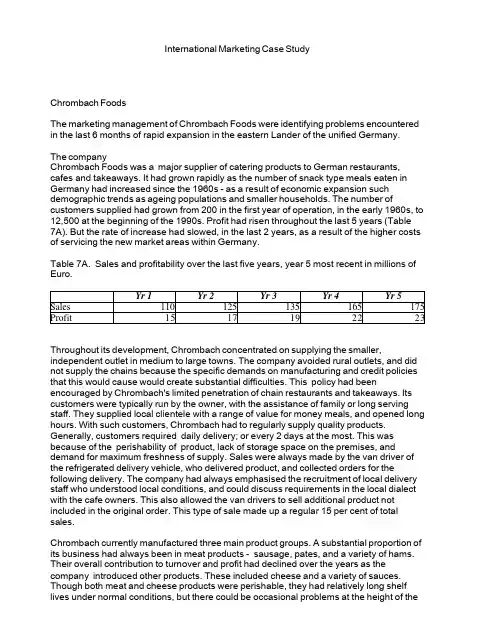
International Marketing Case StudyChrombach FoodsThe marketing management of Chrombach Foods were identifying problems encountered in the last 6 months of rapid expansion in the eastern Lander of the unified Germany.The companyChrombach Foods was a major supplier of catering products to German restaurants, cafes and takeaways. It had grown rapidly as the number of snack type meals eaten in Germany had increased since the 1960s - as a result of economic expansion such demographic trends as ageing populations and smaller households. The number of customers supplied had grown from 200 in the first year of operation, in the early 1960s, to 12,500 at the beginning of the 1990s. Profit had risen throughout the last 5 years (Table7A). But the rate of increase had slowed, in the last 2 years, as a result of the higher costs of servicing the new market areas within Germany.Table 7A. Sales and profitability over the last five years, year 5 most recent in millions of Euro.Yr 1Yr 2Yr 3Yr 4Yr 5 Sales110125135165175 Profit1517192223 Throughout its development, Chrombach concentrated on supplying the smaller, independent outlet in medium to large towns. The company avoided rural outlets, and did not supply the chains because the specific demands on manufacturing and credit policies that this would cause would create substantial difficulties. This policy had been encouraged by Chrombach's limited penetration of chain restaurants and takeaways. Its customers were typically run by the owner, with the assistance of family or long serving staff. They supplied local clientele with a range of value for money meals, and opened long hours. With such customers, Chrombach had to regularly supply quality products. Generally, customers required daily delivery; or every 2 days at the most. This was because of the perishability of product, lack of storage space on the premises, and demand for maximum freshness of supply. Sales were always made by the van driver of the refrigerated delivery vehicle, who delivered product, and collected orders for the following delivery. The company had always emphasised the recruitment of local delivery staff who understood local conditions, and could discuss requirements in the local dialect with the cafe owners. This also allowed the van drivers to sell additional product not included in the original order. This type of sale made up a regular 15 per cent of total sales.Chrombach currently manufactured three main product groups. A substantial proportion of its business had always been in meat products - sausage, pates, and a variety of hams. Their overall contribution to turnover and profit had declined over the years as the company introduced other products. These included cheese and a variety of sauces. Though both meat and cheese products were perishable, they had relatively long shelf lives under normal conditions, but there could be occasional problems at the height of the。
